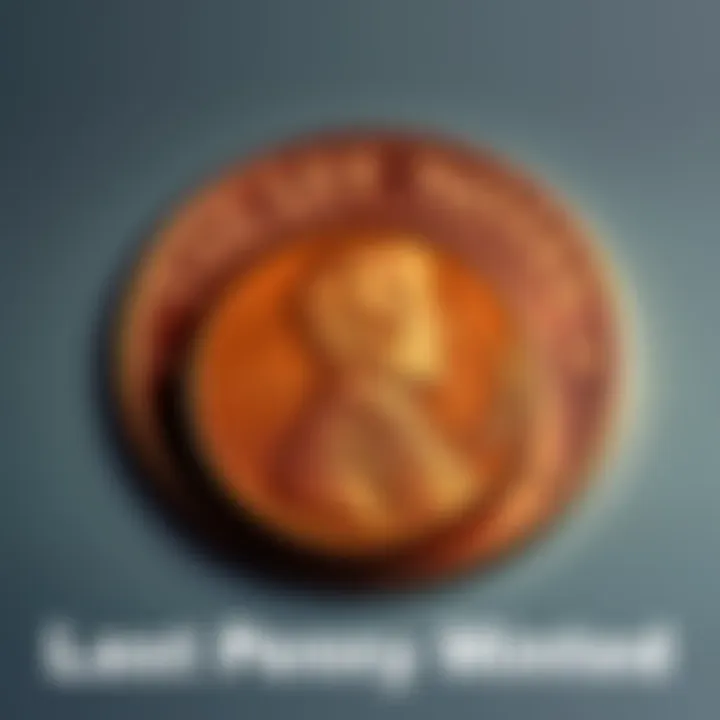Final Penny Minted | U.S. Retreats from Another Coin Era
Edited By
Samuel Nkosi

The U.S. Mint has officially stopped producing the penny after 232 years, a move that ignites debate among people regarding the future of cash and its implications on the economy. With inflation pressures and rising costs, many see this decision as a logical step away from a coin increasingly deemed obsolete.
Why the Change?
Pennies have become more a burden than a benefit for the Mint, which spends more than three cents to manufacture each one. As one comment put it, "Spending three pennies to make a penny was idiotic anyway." With the cost of production outweighing the coin's value, it seems logical for the Mint to cease its production.
Sentiment Among People
The reactions from people cover a broad spectrum:
Some argue that pennies will now gain collector value: "Collectors' value will probably go up a tiny bit."
Others see this as part of a worrying trend: "It’s the beginning of the end,” expressing concern about the future of cash in America.
Several comments hint at the irony of inflation making a penny seemingly as valuable as cryptocurrency: "Pennies are as valuable as bitcoin now, in the way that there is a finite supply."
"No more penny printing" signals a pivotal shift in how currency will operate in daily life.
Looking Ahead: The Future of Currency
As the economy adapts, the question arises: what does this mean for pricing strategies? People ponder if items will still be priced at 99 cents or if prices will round up to the nearest dollar. With digital payment options rising in popularity, the influence of cash, particularly in small denominations, seems to be fading.
Additionally, some speculate that soon we could see other denominations like the nickel go the same way as the penny. One commenter humorously hinted at a hypothetical future where "the thousand-dollar bill" becomes a reality.
Key Insights
🔸 "No haha. This isn’t bitcoin. The dollar has no limit as to how many can be printed."
🔹 The manufacturing cost of pennies foreshadows a change in how we view low-denomination currency.
✨ "This sets a dangerous precedent" remains a recurring sentiment on forums discussing the implications of this decision.
The cessation of penny production may be viewed as a move toward modernization, but it raises critical questions about cash's role within our economy. What will be next on the chopping block?
What Lies Ahead for Currency?
There’s a strong chance that the U.S. could see further changes in its currency production, particularly as digital payment options gain traction. Experts estimate around 20% of consumers may shift to cashless transactions within the next year. This could lead to the potential elimination of other low-denomination coins like the nickel. Pricing strategies, too, may need to adapt; prices rounding up to the nearest dollar could become common, altering how people view small purchases. With inflation pushing the notion of currency value into question, the use of small coins seems increasingly redundant, signaling deeper changes in our financial habits and expectations.
A Historical Lens on Transition
This situation parallels the transition from horse-drawn carriages to automobiles in the early 20th century. Initially, people viewed cars with skepticism, fearing the loss of traditional means of travel. As roads and infrastructure adapted, cars became essential, marking a shift in lifestyle that was once thought unsettling. Likewise, this move away from the penny is indicative of broader economic evolution; just as automobiles reshaped transportation, this shift may redefine how society interacts with cash and value. It prompts reflection on how adaptation, albeit daunting, can lead to progress and innovation.
